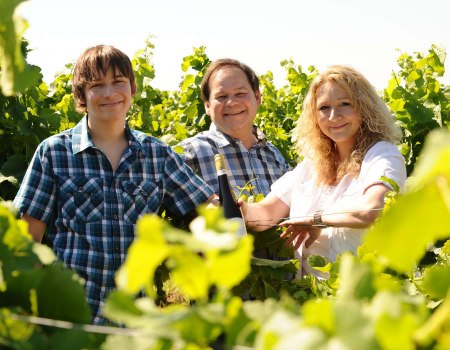Selzener Osterberg
The cardinal point gives the name
“Ostern”? (engl. Easter) The resurrection of Christ? No. In Middle High German, "Oster" means "situated in the east". In fact, however, the single vineyard site is located to the north of the municipality of Selzen. The site was first mentioned in documents in the 12th century with the name "im Osterberg" and in 1436 with the name "in dem Osterberg". On heavy Letten soils, loam marl, the vines have to root deeply to be able to absorb minerals and water. Riesling feels at home here.
> The Amiche cycle path passes Selzen: https://www.rheinhessen.de/amiche-radweg
> Selzen stories, Selzen houses tell: https://www.derselzer.de/
















